by Arnie Fenner
I recently visited a favorite bookshop during my lunch hour to do a little Christmas shopping; while I was there the owner, a long-time friend, mentioned that they had sold out of their inventory of Spectrum 20 the day it arrived and that they were currently awaiting their reorder. That was nice to hear. But next he asked me, “So what are you going to do now? I mean now that you’re no longer editing the book or organizing the competition?”
Oh, lots of stuff, was my response. And it’s true. Spectrum Live 3 is a given. Various projects keep percolating and we’ve got a big book that will take up a little time; I’ll probably talk a little bit about it in the future as we get further along with it.
But…yeah. After 20 years, it’s a bit odd not getting increasingly-frequent visits from Federal Express or UPS with deliveries of entries as the deadline approaches. Odd not to be opening up all manner of mailers and envelopes, discovering what everyone has been creating over the past year. Odd not to be talking with jurors and making arrangements for their trips to Kansas City. Odd not to be coordinating with the hotel for rooms and judging space; odd not to be lining up our bean-counters to be ready for the competition. Odd not to be worrying about being able to deliver a cover comp to the distributor by their catalog deadline (which always falls immediately after the judging date). It has always been stressful just as it’s always been fun: John Fleskes is getting to find out all about both with Spectrum 21.
Art annuals come and art annuals go, even in as relatively small a field as fantastic art. I keep hearing about new ones cropping up and I always wish them well, knowing just how tough the book business is and recognizing that there are a lot more failures in the marketplace than successes. Books of any sort are a lot of work and often come with a lot of frustrations. I always say that the more art people see, the more their interest grows: the hard part is getting it where they can see it. I’m pretty sure I know why Spectrum has been successful and continues to grow in popularity. Yes, of course, the willing participation of the artists is paramount: each book can only be as good as the people that take part. So let’s just say that’s a given and let me identify the two other reasons the annual has been around for two decades.
First, it’s that people have a chance to actually see it in stores: Underwood Books and Publishers Group West have always done an excellent job in getting Spectrum out into the market. They’ve advertised and done store promotions; they’ve called attention to the series at trade shows. They’ve always believed in Spectrum and backed up that belief by spending money to reach customers. The internet and online sales are great, but actually seeing a book—in the flesh as it were—helps to expand the interest, increase customers, and ultimately fulfill Spectrum’s primary goals: to help provide a gathering place for the community through celebrating quality, to promote the artists to a large audience, and to put the book into the hands of art directors and art buyers to grow the artists’ earning opportunities. {Let’s face it, there aren’t many opportunities likely to arise if you or you mom are the only ones who see the book your work is in.)
But the second primary reason for Spectrum’s success has been, is, and always will be the integrity and tastes of the jurors. The Spectrum weekend was always a whirlwind: fly in on Friday, vote on art all day Saturday, fly home on Sunday: boom, boom, boom. Even with multiple breaks as votes were logged and the room reset (and though we had 14,000 square feet to fill with art and tables, we had to switch out art for the next round of voting something like 5 or 6 times in a day), there was not much time for Cathy and I to socialize with “our guests.” Our focus was on keeping everything running smoothly; the jurors’ focus was on casting their votes wisely. As we always told them: Spectrum was their book, a reflection of their tastes and views on quality, a chapter in the history of our field and community. Each judge always approached their job seriously; each felt the responsibility to do their best. And Cathy and I have always been grateful to them.
So one of the traditions I’ll miss the most, I guess, will be the jury dinner we would host the evening following the judging. We would reserve a private room at one of the city’s swankiest restaurants, Pierpont’s in Union Station, and indulge ourselves in the company of friends old and new, eat great food, drink great wine, and tell…ghost stories! (Union Station is reputed to be haunted and it somehow seemed the appropriate setting, even though it was February/March and not October.)
Brom told the best no-ghost ghost story (ask him sometime, it’s hilarious); Bill Stout told one of the creepiest; Donato doesn’t believe in spirits of any sort and delighted in raising skeptical eyebrows during the tale-telling; and Heidi MacDonald had probably the scariest ghostly encounter of them all (again, if you see Heidi ask her to tell about “Spooning With the Dead”). It was always great fun and we would eventually and reluctantly conclude the evening with a short toast. Anyone who knows me well understands that I suck at public speaking…which doesn’t mean that I don’t do it, but only that no one should expect Shakespeare when I tap my glass with a knife. Anyway I’d like to share with everyone my final toast to the Spectrum 20 jury, if you’ll indulge me:
“To Tim Bruckner who brought a classical approach to the collectibles market with his uncompromising attention to detail; who not only helped to grow an appreciation for genre-based dimensional art through his fearless experimentation, far-ranging imagination, and technical expertise, but who also, through his mentoring of young sculptors and willingness to share his knowledge, opened career doors for many artists following in his wake…
“To Irene Gallo, my “little sister,” who brought her extensive knowledge of and appreciation for all types of art to our field, expanding both the breadth and scope of the visual language of the F&SF genre while simultaneously respecting and celebrating its artistic roots; whose credentials for identifying and nurturing new talent are second to none; who was directly responsible, with Greg Manchess (my “older brother”), for the 2-soon-to-be-3 Spectrum shows at the Museum of American Illustration; whose insight and wise counsel we have always benefited from and relied upon…
“To Tim Kirk, whose art helped instill a sense of humor and humanity into the field at a time when cynicism and dystopian outlooks were the norm; whose success with the first Lord of the Rings calendar (featuring paintings all originally created without thought of publication as he pursued of his Masters degree) broadened and increased the public’s appetite for contemporary fantastic art; whose theme park designs have brought joy to millions; and who believed in Spectrum enough to sit on its first jury…
“To Mark A, Nelson, whose early small press illustrations raised the game for young artists (me included) that were honing their skills in the trenches; whose quality art helped a fledgling comics company—Dark Horse—find their niche in the marketplace and, as a result, increase opportunities for many illustrators; whose experimentation showed others that there was no singular approach to creating affecting fantastic art; and whose teaching and instruction has guided many young creators into successful careers…
“To Michael R. Whelan, whose art helped usher in an entirely new sensibility and outlook to our field; whose work freshened audiences’ perceptions of the genre and thus made it attractive—and respectable—to a new generation; whose belief in the legitimacy of fantastic art kept him working in the field despite lucrative offers to do other types of illustration and gallery work; whose art and attitudes effectively influenced student and fellow professional artists alike; whose forward thinking was an inspiration to Cathy and I and whose advice helped make Spectrum possible in the first place…
“We lift our glass to each juror, to the five for Spectrum 20 and to all of judges for the previous 19 volumes as well. You will always have our deepest appreciation and our love. For all the readers, for all the artists, and for Cathy and myself: thank you!”
Now John Fleskes gets to start his own traditions with Spectrum 21: I can’t wait to hear the stories.




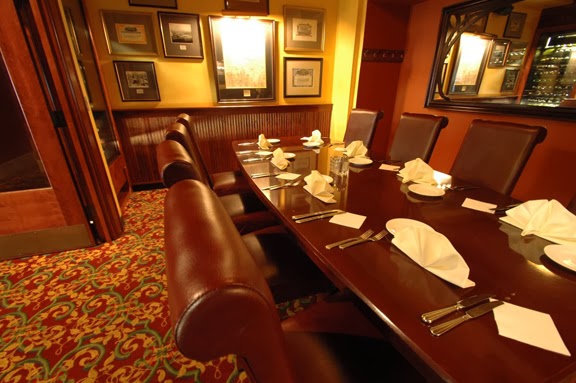
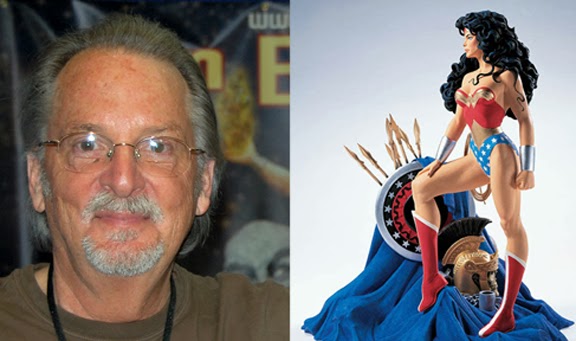
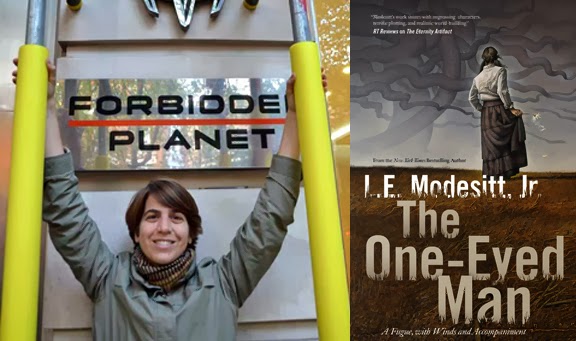
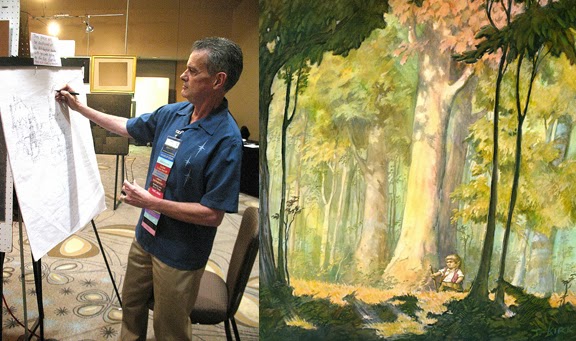
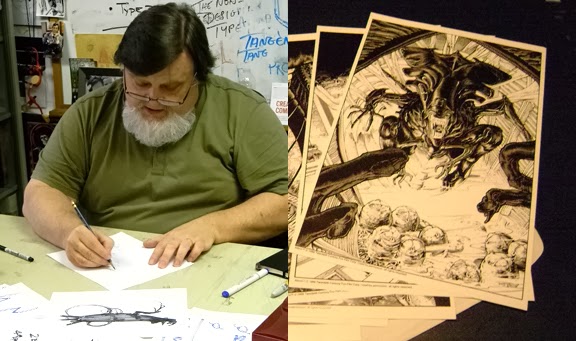
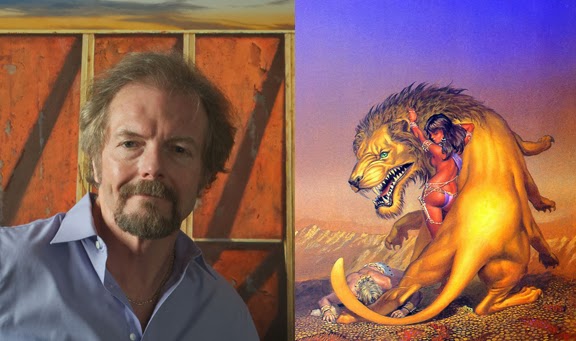

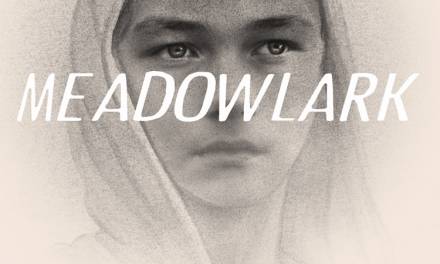



Great toast. Wish I could have heard some of the ghost stories.
Nicely said. I can't imagine how hard it must be to let go of your 'baby' after 20 years of nurturing. I'm sure you'll do great things with your new found time off.
Hear, hear. The jury dinner is still a very fond memory for me. I really started a journey of getting to know more and more artists in this genre. My work and location isolate me and I will always revere Spectrum and honor Cathy and Arnie for accepting me into a fold of generous artists and people.And now, long live Flesk.
On a sour note I have still never experienced anything supernatural, paranormal, extra-terrestrial, back woods hairy bestial and I am just a little bitter.
Which prompts an additional story. During the jury dinner Bill was at, the question was asked: How were the Call For Entries poster artists selected? I wish there had been some sort of arcane answer, but after the first couple it really was a matter of someone volunteering to do it. Immediately Bill, Rebecca Guay, and Iain McCaig called dibs on #18, #19, and #20, which definitely took the worry off our shoulders for the last three years!
And, Bill…both the Aladdin and the Muelbach half of the Marriott are supposed to have ghosts. Maybe 2014 will be your luck year!